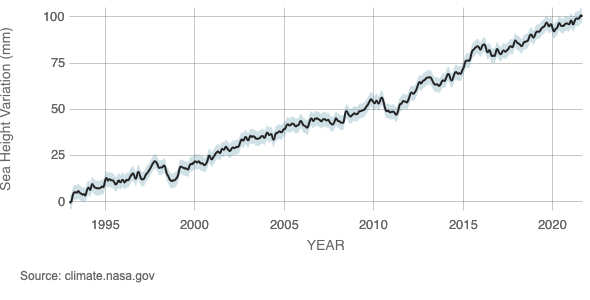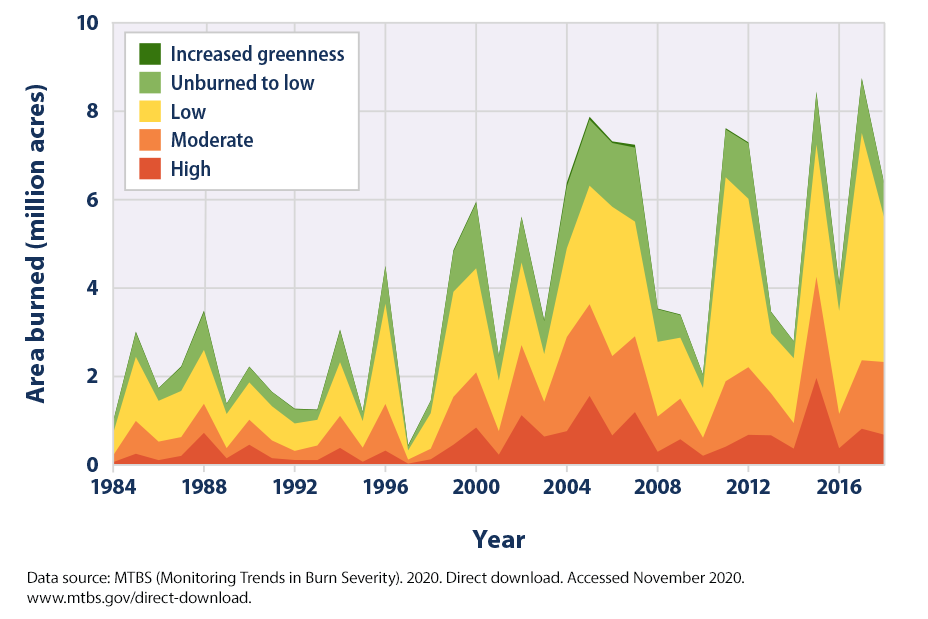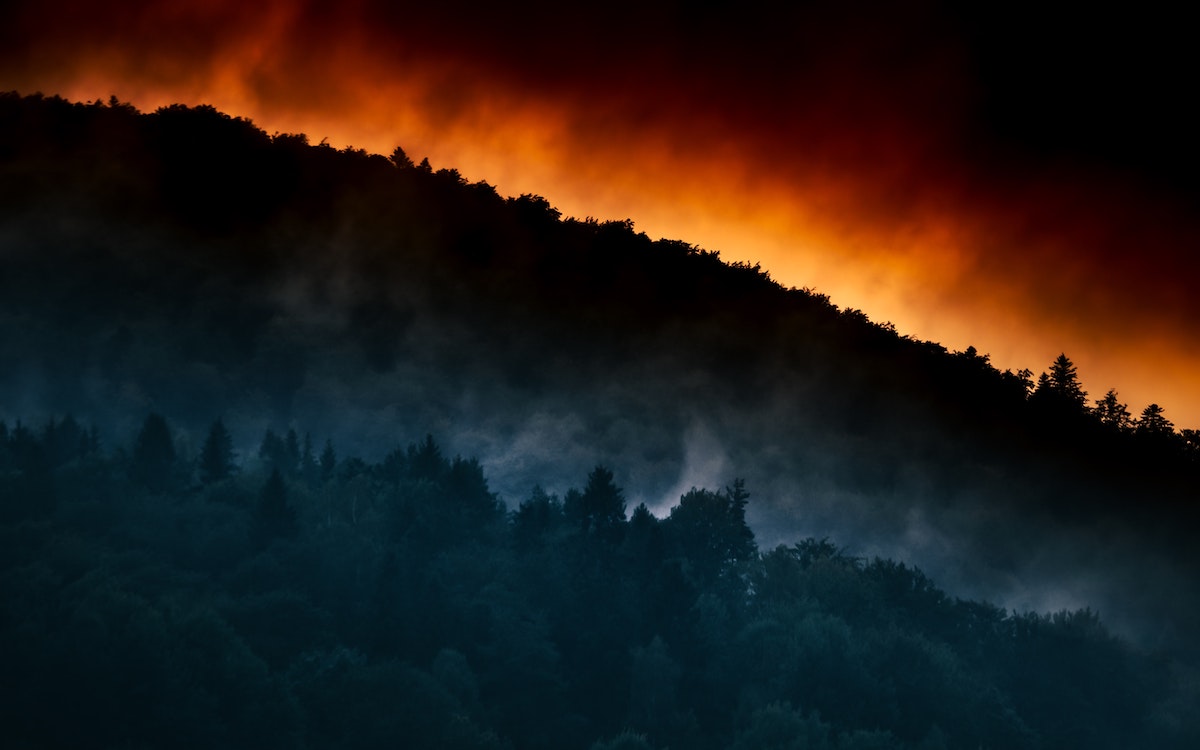Between severe weather events and the COP26 Summit, climate change has been all over the news this year.
July 2021 was the hottest month on record according to the U.S. National Oceanic and Atmospheric Administration (NOAA) and 2021 is likely to rank among the world’s 10-warmest years on record according to United Nations World Meteorological Organization. All of the top 10 have come in this century.
At the COP26 Summit, world leaders signed off on new plans to cut carbon emissions to slow the temperature increase. The overall goal is to keep cutting emissions until they reach zero by the mid-century.
The public is paying attention. Our recent NPR/PBS NewsHour/Marist Poll found half of Americans feel that current U.S. policies aimed at reducing the impact of climate change do not go far enough.
So, we’re focusing on the problem, but are we paying attention to what rising temps will actually do to the planet — and us — beyond the basics? Yes, it’s getting hotter but the impact on the oceans, forests, and crop production may be devastating in ways we aren’t thinking about.
Oceans

As temperatures rise, so do sea levels and that causes plenty of concern for coastal areas. Climatologists say sea level rise is driven primarily by two factors related to global warming: melting ice sheets and glaciers and the expansion of seawater as it warms.
Low-lying cities from Venice to Miami and New York to Shanghai face existential threats from rising seawater. But it’s not just people in coastal areas that should be paying attention. The impacts are also likely to be felt well inland.
As more ice melts, rivers and watersheds are prone to increased flooding. But, as the ice vanishes entirely (and snowfall declines), so will runoff and usable fresh water. Saltwater incursions into water sources could destroy drinking water supplies.
And then there’s the temperature of the ocean itself. Warmer sea water is already spawning more powerful storms, altering critical currents that heavily influence climate (Western Europe is far warmer than it would be without the effects of the Gulf Stream), and killing off large areas of the ocean due to acidification. Warmer salt water becomes more acidic as it absorbs carbon dioxide and most sea life suffers from more acidic conditions.
The oceans are terrific at absorbing heat. And that’s a BIG problem.
Forests

According to the U.S. Environmental Protection Agency, wildfire seasons have lengthened in many areas thanks to drier soils, shorter rainy seasons, and warmer/earlier springs. Nighttime temperatures have risen, as well, allowing fires to burn intensely throughout the night thereby increasing fire durations.
While wildfires have historically been part of many healthy ecosystems, things have changed radically over the last few decades. Now, wildfires start earlier & more easily, burn hotter, rage longer, and thoroughly wipe out life in areas that were once somewhat fire tolerant.
This has led to well understood impacts such as massive property loss, large jumps in firefighting costs, and significant numbers of firefighting deaths. But there’s also this: Wildfires both add tremendous amounts of carbon into the atmosphere and destroy the very forests that absorb carbon from the atmosphere.
It’s a vicious cycle that makes slowing global warming even tougher.
Crops

How rising global temperatures impact agriculture is less clear cut. That’s because different models of climate change produce very different outcomes in food production.
Scientists agree that climbing temperatures will creating multiple stressors, such as dry soil, decreased photosynthesis, and increased or reduced rainfall. But not equally and not everywhere.
A new study published in Nature Food predicts global crop production may see significant shifts within the next 20 years. For instance, among four key grain crops — corn, wheat, rice, and soybeans — corn yields are almost certain to fall while wheat is most likely to increase. This is because hotter and drier weather will hurt some crops, while warmer and wetter weather, along with increased atmospheric carbon dioxide, will help others.
The problem, as shown in a fascinating National Geographic infographic, is that the agricultural “winners” and “losers” are unlikely to align with where the people most in need live. Add in the costs of retooling farming across millions of square miles, increased extreme weather, and new opportunities for pests and the threat of climate change to agriculture is vast.
Summary
All of this detail, thinking about how climate change will effect so many aspects of our planet and our lives, can help put the issue in perspective. While 50% of Americans in our poll cited earlier in this post think the U.S. is not doing enough about climate change — 50% felt the policies are about right, go too far, or were unsure.
Faced with not one but multiple existential threats to the planet and humanity, it’s not unfair to wonder if a 50/50 split on the question is encouraging or discouraging news.
This post was written by Marist Poll College to Career intern Emily Frey.

